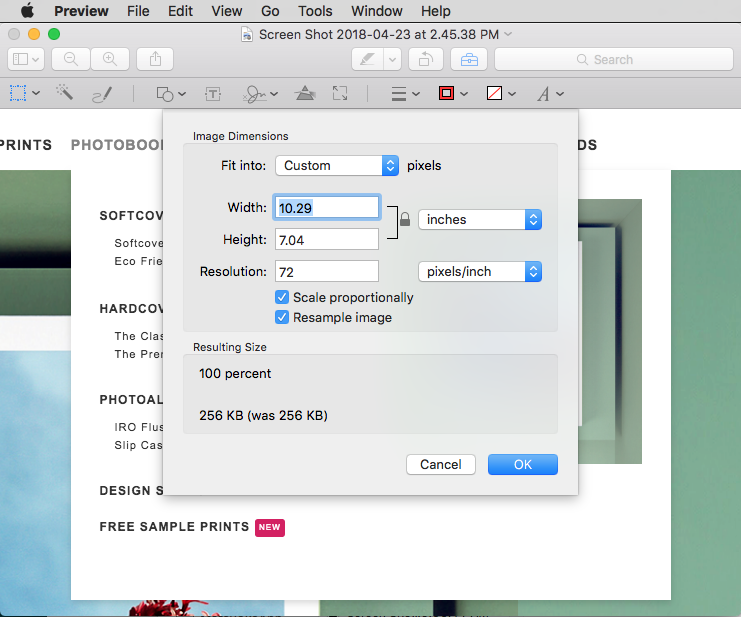


Low resolution, or low-res, images will appear pixelated and blurred after printing – even though they might look perfect on your computer screen. They’re perfect for the web because they feature smaller file sizes that can load quickly online, but they do not translate well to print. What about the best resolution for pictures online? Web images are commonly created in 72 or 96 PPI, which are considered to be low resolutions. (If you’re working with photography, you’re probably working with high-resolution JPEGs, which can be printed as stand-alone photos or incorporated into your brochure printing and other projects). These are considered to be high resolution, or high-res, images. What resolution should photos be for printing? What should DPI (or PPI) be for printing high-quality artwork? In many cases, the best resolution for printing is 300 PPI.Īt 300 pixels per inch (which roughly translates to 300 DPI, or dots per inch, on a printing press), an image will appear sharp and crisp. (The first chunk is always the SOI marker.What is the best resolution for printing? Here is some code to get it from the JFIF header, provided one is present, and is inside an APP0 chunk which is the second chunk in the file.

However, when the JPEG is being output to a printer (e.g.) then the value will have meaning. if a digital camera writes the value, it is usually meaningless. Note that resolution data is usually NOT present, as it only has meaning if associated with a physical output size. The first is in the JPEG's JFIF header, which is often (but NOT always) right at the start of the JPEG. resolution of the JPEG when printed, also referred to in shorthand as DPI or dots per inch) can potentially be stored. There are two places that a resolution (i.e.


 0 kommentar(er)
0 kommentar(er)
